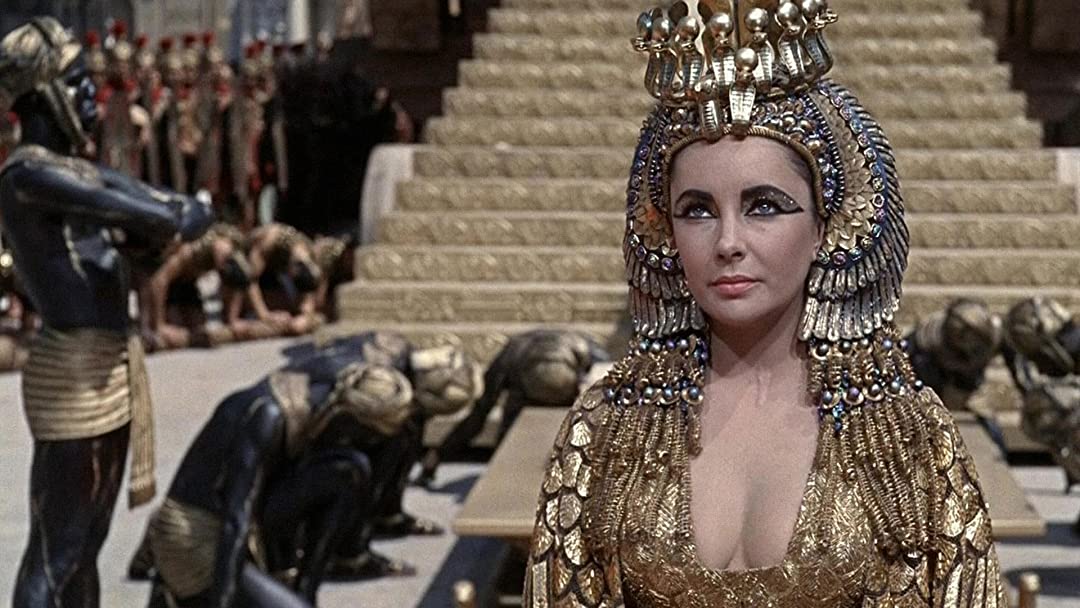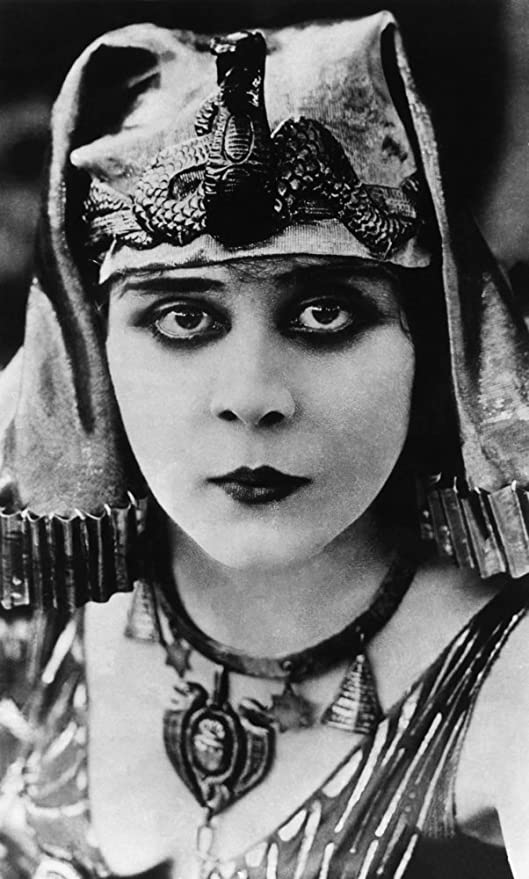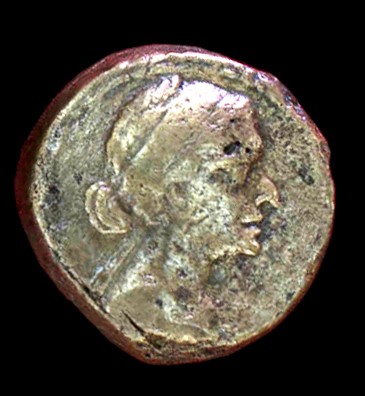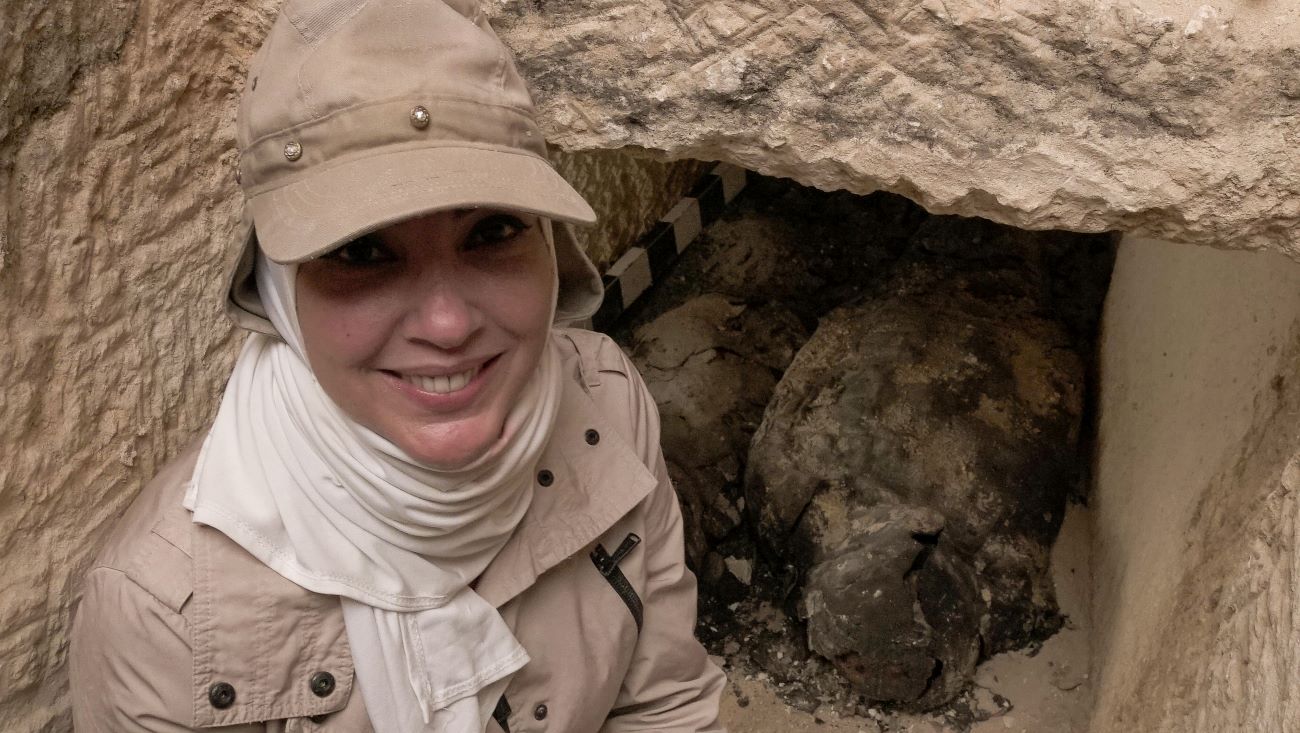
If you were going to start looking for Cleopatra, Queen of the Nile, you might not think to begin the journey in Edmonton, Alberta.
Tell that to Stacy Schiff. The Pulitzer Prize-winning author researched much of her bestselling biography, “Cleopatra: A Life,” at the University of Alberta.
“My husband’s a dyed-in-the-wool Albertan,” the Massachusetts native explains on the phone from her New York City residence. “The U of A library was my lifeline for many, many, many years.”
Schiff is one of the experts appearing in “Searching for Cleopatra,” a fascinating documentary premiering Friday, Jan. 8 at 9 p.m. (9:30 in NL) on CBC’s The Nature of Things. It will also be available for streaming on CBC Gem.
Now, how do you profile a woman who died two thousand years ago? For many, all we know about the last Queen of Egypt is what we’ve seen in the movies.

“When we think about Cleopatra, we immediately think of Elizabeth Taylor,” says Schiff. “It was because of that dissolving into myth that I kept thinking, well, who is she really?”
advertisement
The myth — burnished by Shakespeare and Shaw as well as Hollywood — is that Cleopatra was a beguiling sex-kitten who used her allure to bewitch Roman political and military leaders such as Julius Caesar and Marc Anthony and thus hold on to her throne.
What surviving historical writings and relics suggest is that Cleopatra – who ruled Egypt from the age of 19 till her death at 39 – was a savvy and formidable leader.
Schiff says she began her book, published in 2010, before Hillary Clinton took her first run at the U.S. presidential race.
“I was thinking of how powerful women are immediately reduced to cartoon figures and how, in Cleopatra’s case, the wealth and the intelligence is dwarfed afterwards by just a stunning sexuality. That’s all we can talk about.
“Here’s a person who controlled the government,” says Schiff. “Here’s a person who controlled the currency and a navy and traded with foreign countries and who had a foreign policy and spent her days in meetings with tax collectors. There’s a pretty busy life, that of a Hellenistic sovereign.”

Schiff says her research also suggests Cleopatra could speak nine languages and had “a velvety voice.”
Indeed, with today’s TV audiences so intrigued by scripted TV dramas about Britain’s Queen Elizabeth on the Netflix series The Crown, it is easy to predict that a modern re-telling of an even more powerful queen would be a ratings magnet.
“I’m always so jealous of those because they get to make up the dialogue,” says Schiff.
Not that she wouldn’t like to take part in some big screen myth modulation of her own. Asked who she’d like to see play Cleopatra in a modern re-telling, Schiff has to be coy.
“May I plead the fifth?” says Schiff, who has already partnered with a producer on just such a project. As for casting, everyone from Angelina Jolie to Gal Gadot has been mentioned in reports.
Whoever lands the part, she need not be a striking beauty in the tradition of Taylor or, going back even further, Claudette Colbert or Theda Bara.

As shown on the documentary, Cleopatra’s image as preserved on ancient coins shows a face generally not looked upon today as especially glamorous. The Roman writer Plutarch, who Schiff studied and whose writings form much of what’s known about the ruler, describes a sovereign with charm who could “play the strings of anyone’s heart,” but more through charisma and personality than vampish good looks.
“She’s not meant to be beautiful at least by Plutarch’s definition and pretty much anything we’ve seen from the ancient world,” says Schiff.
Some call Plutarch’s writings into question, for various reasons. He recorded his observations more than 100 years after Cleopatra died. Then again, that’s about as much of a gap as the four main authors of the New Testament took to pen the life of Christ (which were written at about the same time.)
Schiff says Plutarch’s descriptions are based on his grandfather’s memories. “His grandfather had been good friends with one of the kitchen cooks in the palace. On the one hand you think, wow, this is pretty fourth hand; on the other hand it is the closest we can come really to hearing her voice.”
Two thousand years ago, the times were just as divided politically as they are in America today — another reason to take Plutarch’s words with a grain of salt. History is written by the victors, and there are political reasons for fabrications. Allies of Octavian, who defeated his brother-in-law Mark Anthony (thus dethroning Cleopatra), were keen to either create a Wonder Woman-like myth about his opponent or to dismiss Egyptian culture and power altogether.

Whether “fake news” or best available data, Schiff saw enough there to encourage her to dig deeper and write the biography. In the documentary, archaeologist Kathleen Martinez quite literally digs even deeper. We see her in Egypt, sifting through the ruins of a huge temple complex outside the ancient city of Alexandria. The dig site is thought to be near Cleopatra’s final resting place – although no tomb has ever been discovered.
As viewers will see, however, Martinez does find two mummies seemingly undisturbed for two thousand years, as well as many ancient Egyptian coins bearing Cleopatra’s likeness.
That’s where “Searching for Cleopatra” brings us tantilizingly close to the truth behind the myth. The documentary premieres on CBC’s The Nature of Things as part of its 60th anniversary season on Friday, January 8 at 9 p.m. (9:30 p.m. NL). It will also be available that day on CBC Gem.






